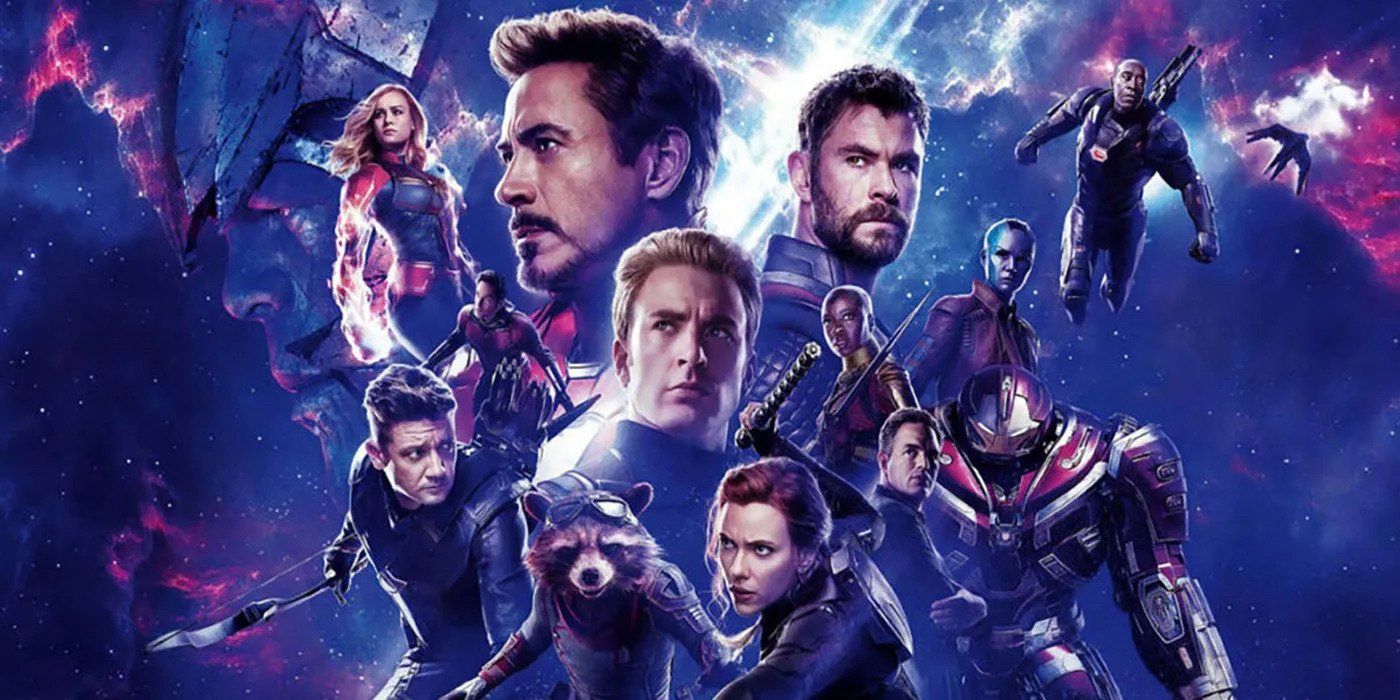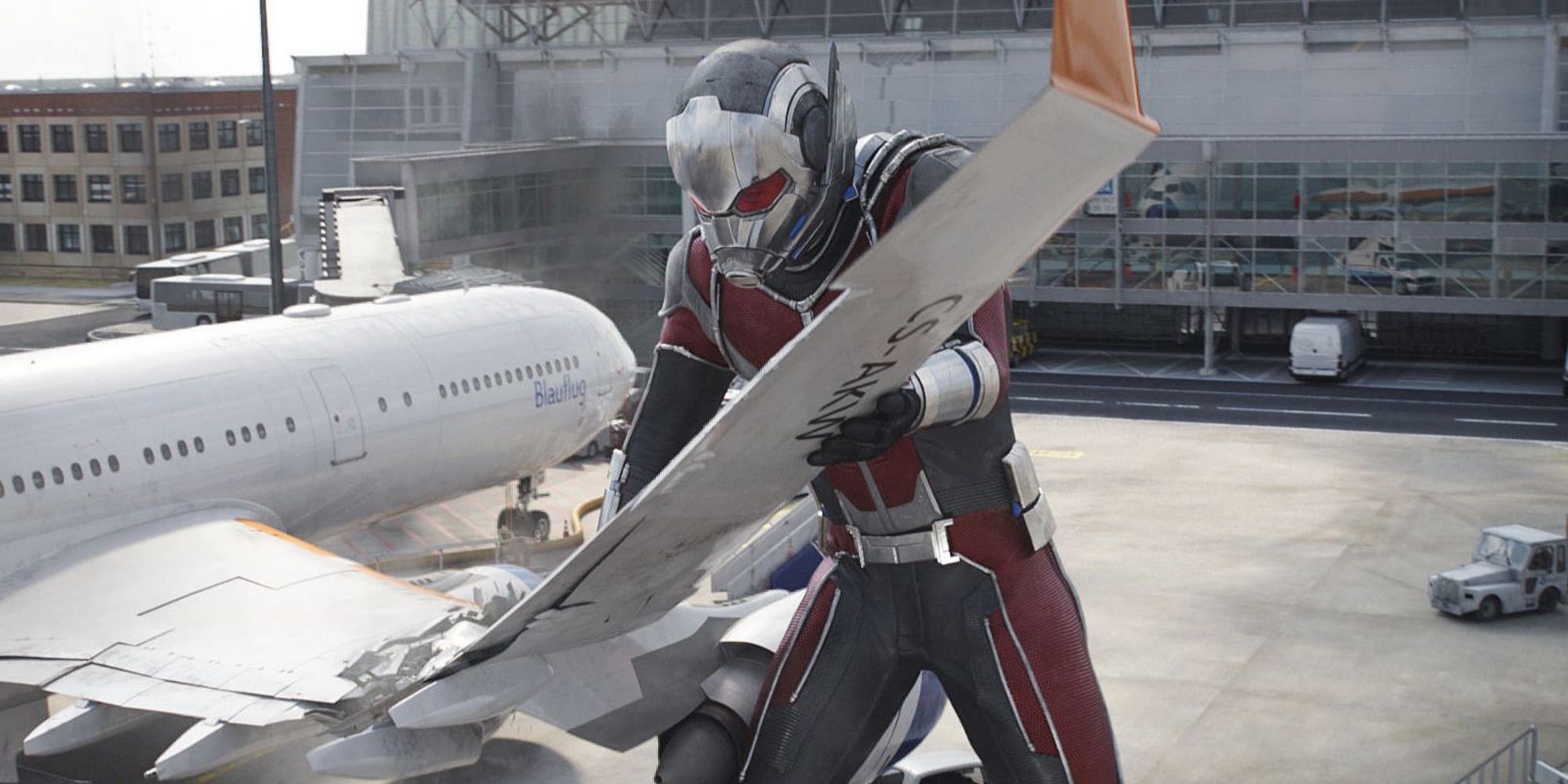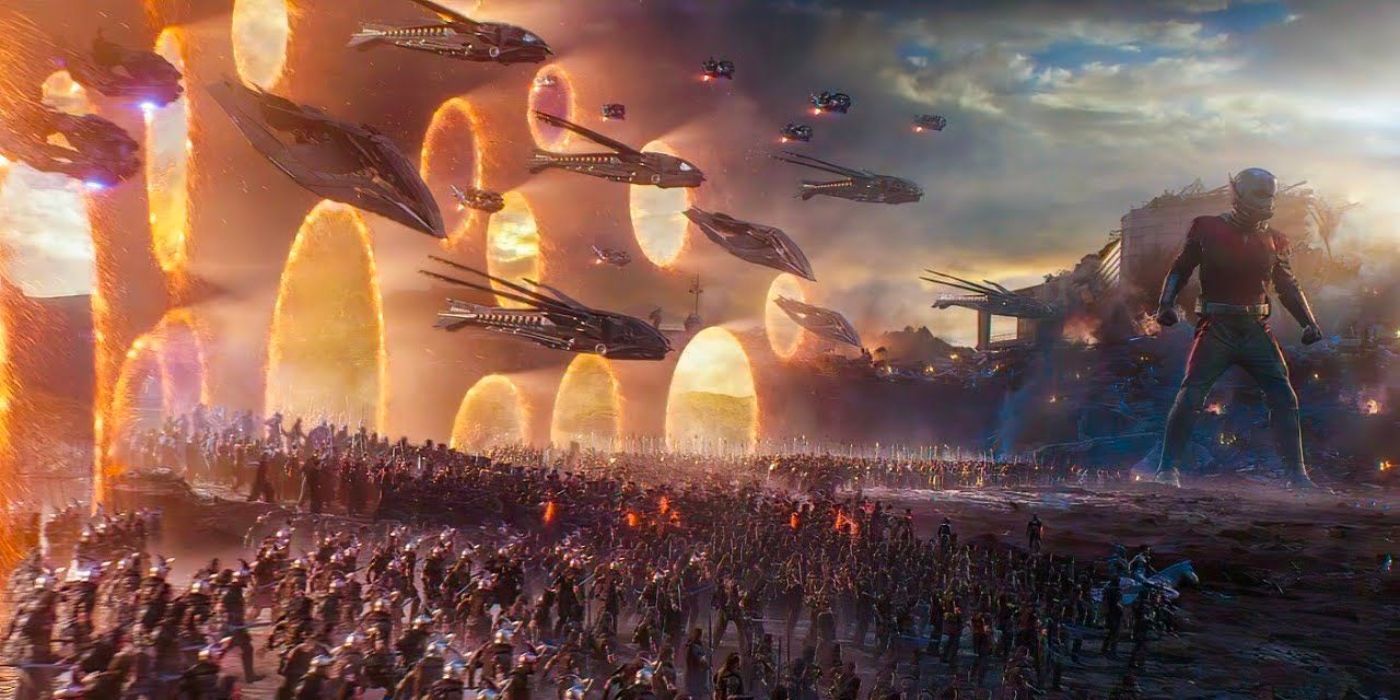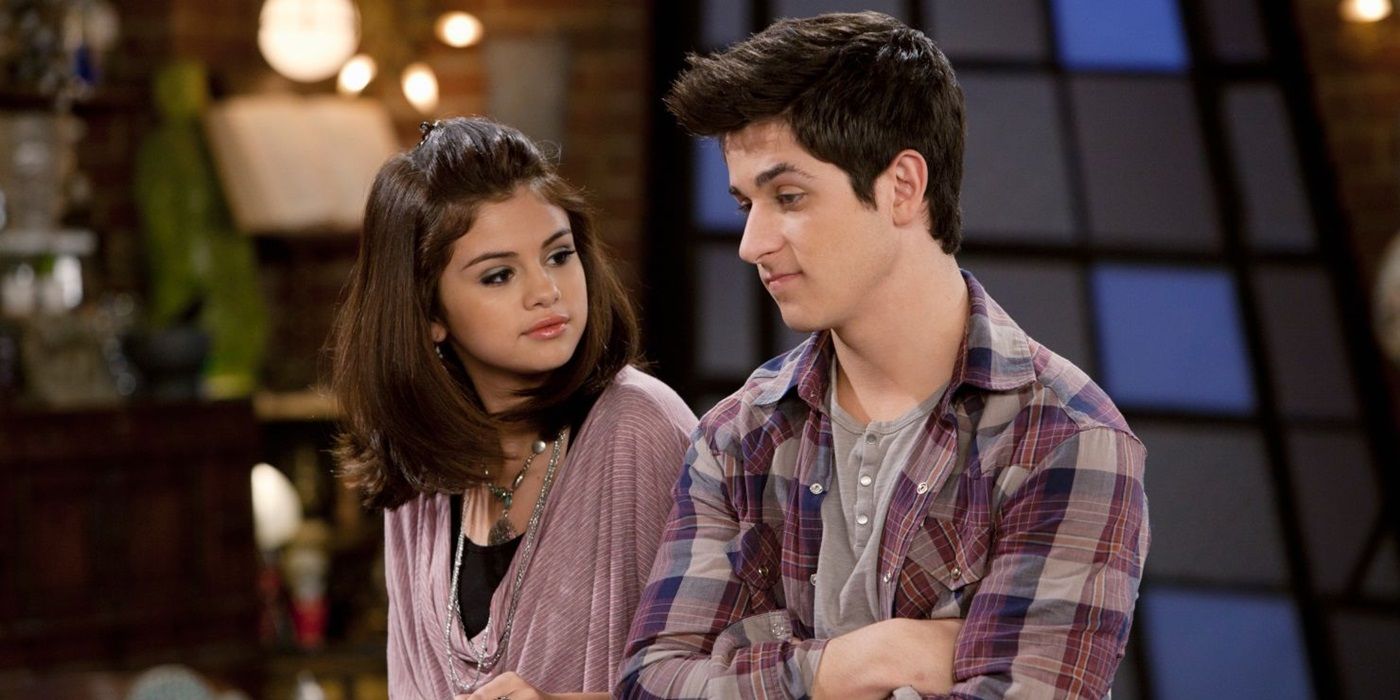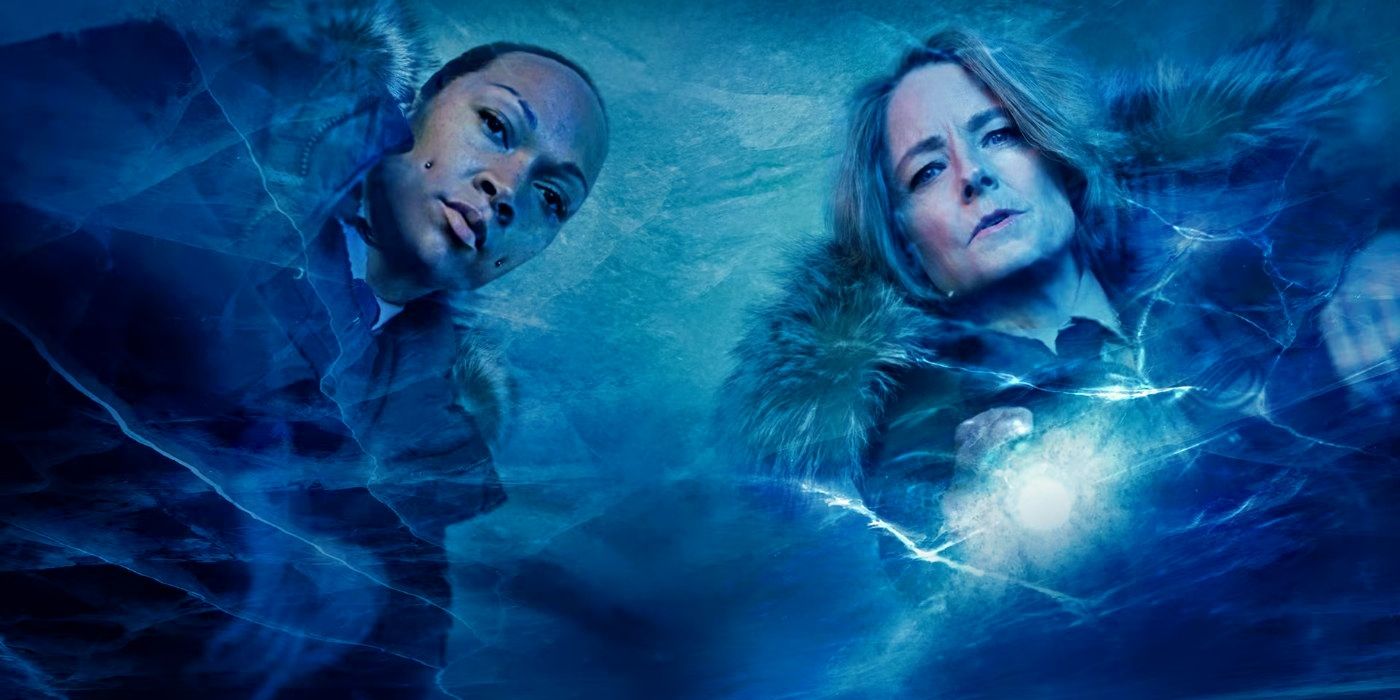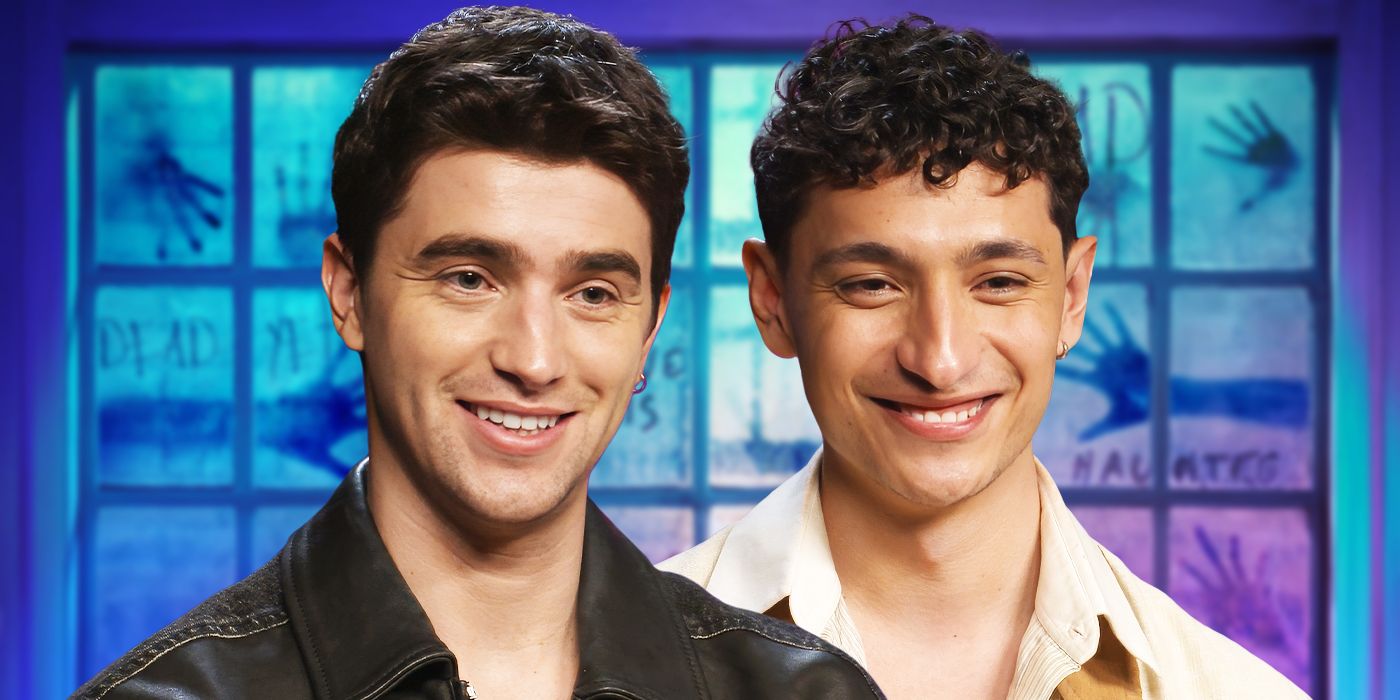The Big Picture
- Superhero crossovers are integral to the genre, with Marvel leading the way in bringing comics to life on a grand scale.
- The airport battle in
Captain America: Civil War
showcases the importance of crossovers in superhero storytelling. - The battle sets the stage for character development and future Marvel films, making it a standout in the MCU repertoire.
Superhero crossovers, whether they’re in comics, film, or television, are often subject to a considerable degree of critical scrutiny, with detractors arguing that they are overly busy attempts to drive up sales or viewership. But while financial benefits certainly play a part in motivating most crossovers, and some of the weaker ones do come across as little more than cash grabs, they’ve also become an integral part of the genre. Especially in Marvel and DC Comics, crossovers happen so frequently that many different characters have become essential parts of one another’s stories. One of, or possibly the most popular, aspects of the Marvel Cinematic Universe is that it brings this element of the comics’ storytelling to life and was the first to do so on the scale it does.
Before the MCU, most live-action superheroes were limited to interacting with their own specific supporting casts, and the few times disparate heroes did meet, as in the DC TV series Smallville, their productions often weren’t able to give the team-ups the kind of scale they would have in comics or animation. By successfully bringing the Avengers together for a blockbuster crossover film, the MCU changed all that. Consequently, it’s logical that when many viewers think of the quintessential moment in the franchise’s history, their first thoughts are often of the final battle in the first Avengers film or, more recently, the even more elaborate team-up against Thanos (Josh Brolin) at the end of Avengers: Endgame. But there’s another sequence that does just as good a job of highlighting the success of the franchise’s world-building and development. The airport battle in the middle of 2016’s Captain America: Civil War has just as much comic book excitement as those other scenes while also showing how crossovers can become essential parts of individual characters’ stories.
Captain America: Civil War
Political involvement in the Avengers’ affairs causes a rift between Captain America and Iron Man.
- Release Date
- May 6, 2016
- Cast
- Chris Evans , Robert Downey Jr. , Scarlett Johansson , Sebastian Stan , Anthony Mackie , Don Cheadle , Jeremy Renner , Chadwick Boseman , Paul Bettany , Elizabeth Olsen , Paul Rudd , Tom Holland
- Runtime
- 147 minutes
- Writers
- Christopher Markus , Stephen McFeely , Joe Simon , Jack Kirby
‘Captain America: Civil War’ Divided the Avengers
For those that don’t know, Civil War revolves around an internal conflict within the Avengers brought about by the Sokovia Accords, a piece of United Nations legislation that asserts that the team must submit to oversight by the U.N. or be shut down in the wake of several successive operations in which the heroes were unable to prevent, and in one case unintentionally caused, civilian casualties. Wracked with guilt over past mistakes, Tony Stark “Iron Man” (Robert Downey Jr.) leads half of the team in submitting to the Accords, while Steve Rogers “Captain America” (Chris Evans) and the rest refuse to do so, despite this meaning they will be forced into retirement. The situation becomes more complex when Bucky Barnes “the Winter Soldier” (Sebastian Stan), Steve’s best friend from the 1940s, is framed for bombing a U.N. meeting. Steve attempts to simultaneously protect Bucky from being killed or otherwise mistreated by government operatives while also making compromises with Tony, who is under government pressure to apprehend Bucky. But eventually, the pair and their supporters find themselves irreconcilably opposed. When Steve’s team of outlaw heroes attempts to travel to Siberia to capture Sokovian terrorist Helmut Zemo (Daniel Brühl), who was really behind the bombing, Tony’s group confronts them at a German airport, leading to an elaborate super-powered brawl.
The Airport Battle Shows the Importance of Crossovers to Superhero Stories
The airport battle was central to the film’s promotional strategy, with portions of footage featuring returning Avengers and then new characters like Peter Parker “Spider-Man” (Tom Holland) and T’Challa “Black Panther” (Chadwick Boseman) being frequently used in trailers and other marketing materials. While this tactic and including such characters likely contributed to the film’s massive success, which included a box office haul of more than $1 billion, it also led to some criticism for diverting attention from Steve in favor of a more ensemble-focused story. However, the inclusion of the other heroes is crucial to the film’s effort to provide an accurate adaptation of Steve’s story. In the comics, Steve is first found frozen in ice by the original five Avengers, and since then, he and the team have become practically synonymous. He does not have as many significant civilian supporting characters as some of Marvel’s other leads, and most of his crucial relationships are with fellow Avengers or other heroes. Although the MCU version was initially found and unfrozen by S.H.I.E.L.D., his relationships with the Avengers and the wider superhero community quickly developed in similar directions. At the end of Avengers: Age of Ultron, Steve tells Tony that he feels at home among the Avengers and commits to leading the new version of the team alongside Natasha Romanoff/Black Widow (Scarlett Johansson) on a regular basis. Given this, it makes sense that the filmmakers behind Civil War, in which Evans made his next appearance as the character, chose to make him deal with challenges that directly threatened his newfound sense of belonging and purpose.
The airport battle highlights the tragic elements of the film’s story that separate it from its predecessors and successors. It’s the most elaborate and famous sequence in the film and the super-powered action is as stunning as that of other Avengers films. But while most of the franchise’s other team-up sequences create the simple emotional catharsis of good triumphing over evil, viewers of Civil War can’t help but feel disappointed that the characters have allowed things to devolve to the point that they’re physically fighting each other, despite the impressive sights the fight produces. A big part of the reason the scene, and the overall conflict of the film, are so impressively handled is that neither side comes out looking perfectly moral. It’s definitely easier to be frustrated with Tony’s team, given their refusal to listen to Steve’s explanation about Zemo and the fact that they detain Wanda Maximoff “the Scarlet Witch” (Elizabeth Olsen) without any kind of trial, but Team Cap, especially Steve himself, are not blameless.
Their initial refusal to sign the Accords is somewhat hard to justify, as it seems like they are putting themselves above the law. Steve’s weariness of government involvement makes sense given his experiences with the World Security Council and Hydra-controlled S.H.I.E.L.D. in earlier films, but his assertion, “We may not be perfect, but the safest hands are still our own,” does come across as somewhat arrogant, as James “Rhodey” Rhodes “War Machine” (Don Cheadle) argues. Likewise, when Tony urges Steve to stand down at the airport, he says, “I’m trying to keep you from tearing the Avengers apart,” to which Steve replies, “You did that when you signed,” which is rather petty and doesn’t take into account Tony’s honorable motivations and the difficult position he’s in. While his focus on getting to Zemo and the truth is admirable, by the end of the battle, one can’t help but wonder if Steve was really justified in fighting his friends or if he could have tried harder to negotiate and come to an agreement, especially given that the fight ends with Rhodey suffering a life-altering injury.
The Avengers’ Choices of Teams Are Rooted in Character Development
While they thankfully don’t take too much attention away from Steve and Tony’s central arcs, the other heroes’ reasons for choosing their sides and their actions in the fight are also nuanced and motivated by their earlier character development and the intricate world-building the MCU had done for the eight years prior to the film. Despite the close bond she developed with Steve in Captain America: The Winter Soldier, Natasha initially sides with Tony, highlighting the high emotional stakes of the story and making Steve’s situation more desperate by taking away one of the allies he’s come to rely on the most. While her pro-Accords stance is at first surprising, ultimately, it makes sense. Natasha feels tremendous guilt for her past as an assassin for the Russian government, similar to Tony’s feelings about his work as an arms manufacturer and creating the homicidal AI Ultron (James Spader), so it’s logical that both would choose to support governmental oversight so that other gifted people are prevented from making the same dangerous mistakes they did. Clint Barton “Hawkeye” (Jeremy Renner) joins Team Cap to free Wanda, whom he has felt protective of since her brother, Pietro “Quicksilver” (Aaron Taylor-Johnson), sacrificed himself to save Clint’s life in Age of Ultron. T’Challa is introduced as being in favor of the Accords, but his decision to fight alongside Tony is ultimately motivated most by his belief that Bucky killed his father and his subsequent desire for revenge.
Peter and Scott Lang “Ant-Man” (Paul Rudd) are the two characters one could most reasonably argue are only featured to add more flair to the action and provide fan service, but even their alignments make sense. The first Ant-Man film established that Scott is willing to break the law to do what he believes is right, and the first other superhero he encountered was Sam Wilson “Falcon” (Anthony Mackie), so he’s a logical choice for Team Cap. The defining aspect of Spider-Man stories is Peter’s effort to use his “great power” with “great responsibility,” so he’d naturally be more likely to join the law-abiding Team Iron Man, though his decision was likely influenced by Tony explaining the situation to him in a biased way.
The Battle Set the Stage for Marvel’s Future
In addition to respecting their histories, the battle also pushes many of the supporting characters’ stories forward in interesting ways. Rather than actually fighting Steve herself, Natasha turns on her team, stunning T’Challa, so Steve and Bucky can escape to pursue Zemo. Not only does this pay off the development of her relationship with Steve, but it also sets up the events of her solo film, in which Natasha is a fugitive from Tony and the law. Sam devises the plan to allow himself and other members of Team Cap to be captured so Steve and Bucky can make their escape, establishing the leadership qualities that make him the natural choice to succeed Steve as Captain America in Endgame. Vision (Paul Bettany) misfiring the energy beam that injures Rhodey comes about because the android is distracted by his concern for Wanda, alluding to the full-blown romance between the two that is explored further in Avengers: Infinity War and WandaVision. Likewise, the sequence also showed the versatility that made directors Joeand Anthony Russo so successful in their work within the MCU. The Russos had already delivered spectacular action sequences with grounded characters like Steve and Natasha in The Winter Soldier, making great use of practical stunt work, but the airport battle established that they were also more than adept at depicting the more outlandish, visual effects-heavy abilities of characters like Wanda, Peter, and Scott, proving they were the right choices to direct Infinity War and Endgame, which featured even more complicated sequences with more fantastical heroes like Thor (Chris Hemsworth) and the Guardians of the Galaxy.
Eight years later, Civil War still stands as one of the MCU’s greatest achievements, and the airport battle encapsulates a lot of what is great about the film and the franchise. It is an awe-inspiring spectacle that brought joy to moviegoers around the world while also highlighting why interconnected franchises like the MCU are often necessary to faithfully adapt the stories of comic book characters.
Captain America: Civil War is available to stream on Disney+
Watch on Disney+

